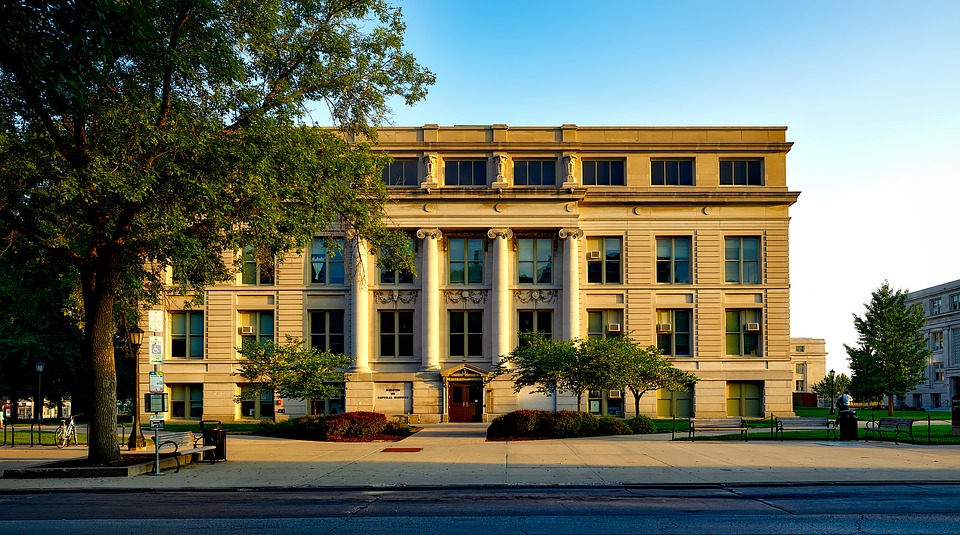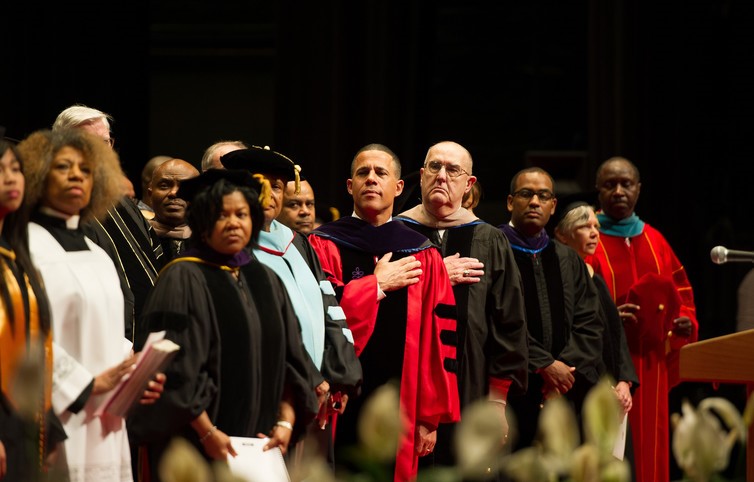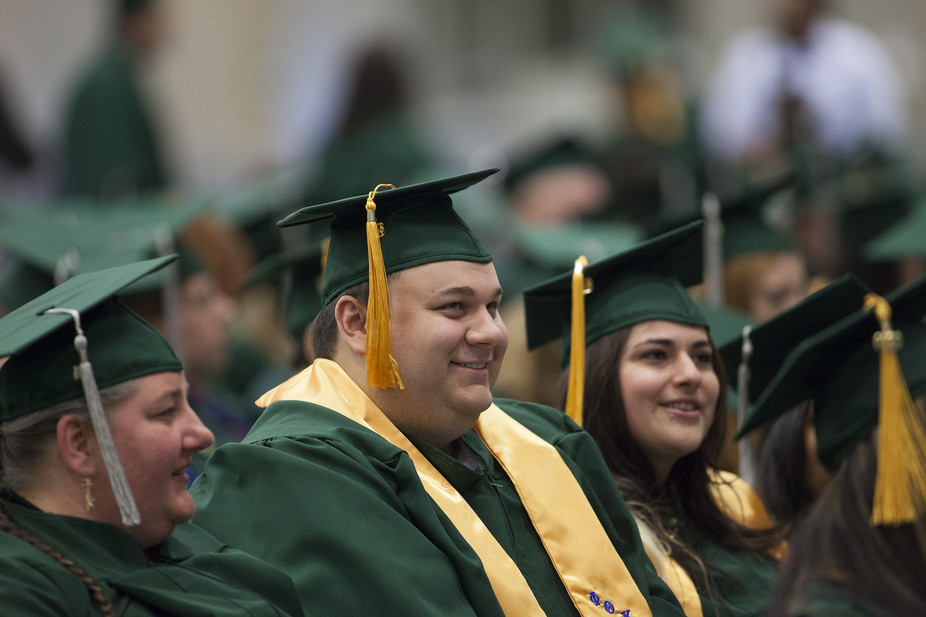With less than two years left in office, President Barack Obama still has a lofty agenda when it comes to education in America. From supporting wider access to universal Pre-K all the way up to a proposal for two free years of community college for everyone, President Obama has taken an immersive approach to education that challenges the status quo. When it is all said and done, what will President Obama’s college diversity legacy look like? More people of color in college leadership positions Though he has not introduced any official legislation that demands more people of color in leadership …
Continue reading “What Will Obama’s Legacy be when it Comes to Diversity on College Campuses?”








